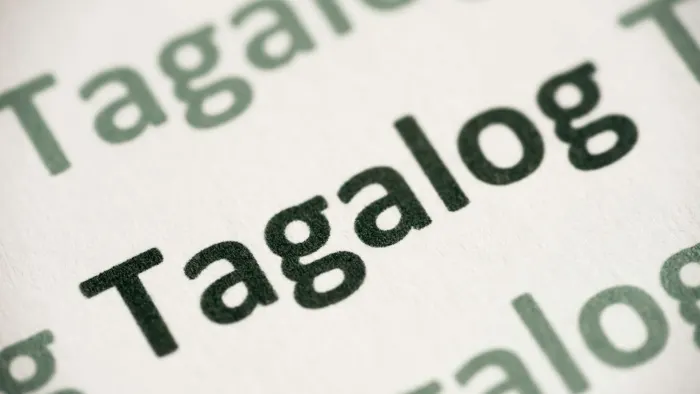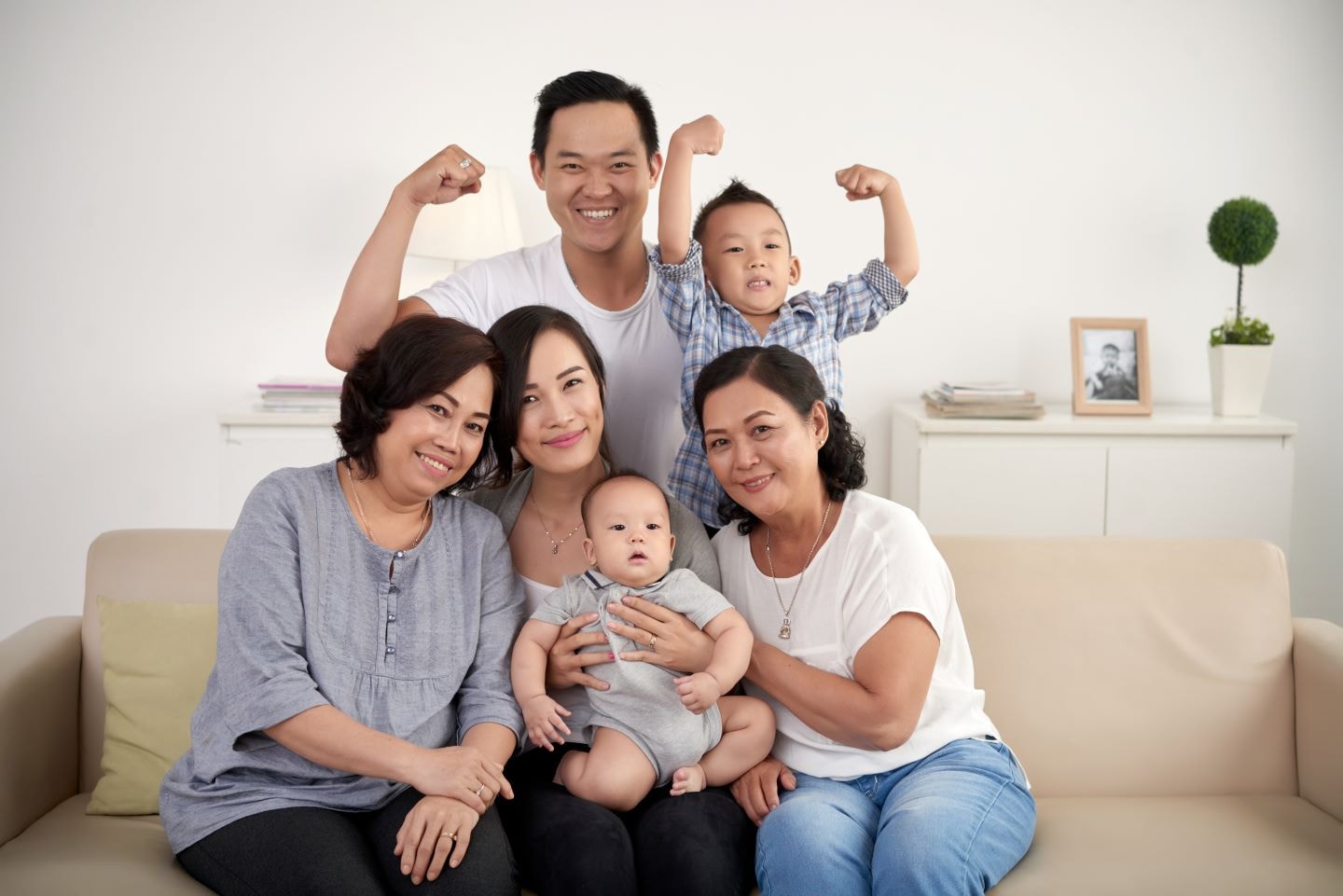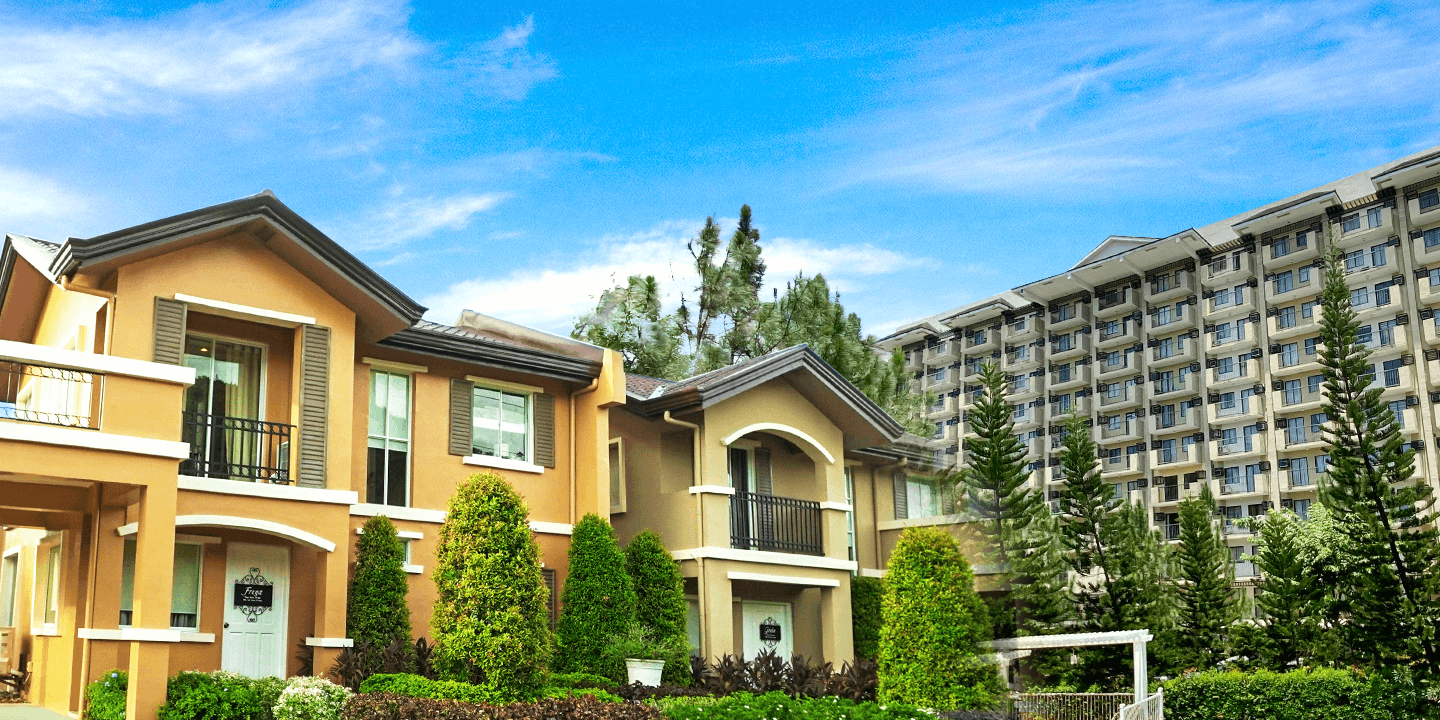
Passing Down Filipino Language and Values Through Generations
Across generations, the Filipino language has served not only as a tool for communication but as a vessel for transmitting family values, societal norms, and a deeply rooted cultural identity. In every phrase spoken at the dinner table, in every lullaby passed from grandmother to grandchild, a legacy lives on.
At the heart of this legacy lies the resilience and warmth of Filipino families who are keeping the tradition alive even as the world continues to change.
Preserving Filipino Family Culture Through Language and Identity
Language plays a crucial role in preserving Filipino family culture. It binds family members together through a shared way of expressing love, respect, and discipline. In many households, the Filipino language acts as the primary means by which parents pass on life lessons and core values to their children.
This shared tongue helps define Filipino culture. It provides families with a common way to nurture their children and guide their decision-making. As a result, language becomes inseparable from the development of cultural identity within Filipino society.
Through stories told by older generations, words of encouragement during family gatherings, and even phrases used during everyday chores, the values that sustain Filipino family life remain intact.

Image source: https://owlcation.com/humanities/Tagalog-for-Beginners
Tagalog and the Filipino Language as the Main Spoken Language
The Tagalog language has long been the foundation of the Filipino language, which was declared the national language and later given official status by President Manuel Quezon in the 1930s. His vision of a common language for the Philippine archipelago was aimed at fostering unity in a nation characterized by its linguistic diversity.
Today, Filipino is one of the most widely spoken languages in the country and serves as a lingua franca that connects speakers from different regions.
The evolution of Filipino from Tagalog reflects the need for a main spoken language in a multilingual society. While other languages and dialects persist across the Philippine islands, Filipino continues to be the official language used in schools, media, and government institutions.
This widespread adoption ensures that the language remains central to how families communicate and express their identity.
Traces of Spanish Rule in Filipino Language
The Spanish rule left an indelible mark on the Filipino language. Spanish played a significant role in shaping the vocabulary and spelling systems we use today. Spanish orthography influenced the way Tagalog words were written, introducing new letters and pronunciation standards into the language.
This historical influence also affected the grammatical structure of Filipino. Many Filipino words are borrowed from Spanish, particularly those related to religion, governance, and family life.
As a result, the language reflects a rich history of colonization, adaptation, and cultural integration.

Language Diversity and Different Languages in the Philippine Archipelago
The Philippine archipelago is home to over 170 native languages. Despite this rich tapestry of different languages, Filipino serves as the main language in many households and public spaces. As a lingua franca, it allows people from various provinces to interact and understand each other more effectively.
While Filipino and English are the main spoken languages in urban centers, many families continue to use their native languages at home.
This multilingualism reflects the country’s cultural diversity while also posing challenges in ensuring that the same language is passed down consistently to younger generations.
Cherished Traditions and Family Values in Filipino Homes
Family is the cornerstone of Filipino society. The traditional Filipino family structure emphasizes communal living, strong support systems, and respect for elders. These deeply ingrained values are passed on through cherished traditions that continue to shape everyday interactions among family members.
From festive family gatherings during holidays to the small rituals of mealtime prayers, traditional practices reinforce family values such as compassion, unity, and humility. Even in modern times, these traditions remain vital in maintaining a strong sense of identity and connection within the family unit.

The Traditional Filipino Family Structure and Extended Family Bonds
Filipino families often live in extended households that include grandparents, aunts, uncles, and cousins. This extended family system nurtures intergenerational relationships and provides younger generations with emotional and practical support.
The presence of extended relatives reinforces the importance of respect, obedience, and active listening—values that are foundational to Filipino family life. These relationships offer children daily opportunities to learn through observation and shared experiences, strengthening familial bonds.
Speaking the Same Language to Strengthen Family Ties
Families who speak the same language at home enjoy stronger communication and emotional connection. Using the main language—whether Filipino or a regional dialect—helps family members convey not just information but also feelings, traditions, and values.
In households where parents are fluent in both Filipino and English, it’s common for children to learn both. Yet Filipino parents often prioritize teaching the Filipino language first, as it serves as a cultural anchor amid the influx of global media and modern influences.

Nurturing Familial Bonds in Modern Filipino Families
As lifestyles evolve, modern Filipino families are redefining how they maintain strong familial bonds. While nuclear households are becoming more common in urban areas, the values rooted in the traditional Filipino family structure remain.
Support systems built through the years
Family members may no longer live under one roof, but the support systems built through years of communal living persist. Older generations still play a crucial role in imparting wisdom, guiding decision making, and ensuring continuity in values and beliefs.
Active listening, mutual respect, and shared responsibilities are just as important in modern times as they were in the past.
Keeping Filipino Values Alive in the Digital Age
The digital age has brought both opportunities and challenges to preserving Filipino culture. Yet even in the digital world, the core of Filipino family life remains unchanged: strong bonds built on love, respect, and tradition.
With extended families often spread across cities, islands, or even countries, digital tools like video calls have become essential in maintaining face-to-face interactions. These tools allow Filipino families to celebrate milestones, share stories, and offer emotional support despite physical distance.
Whether it’s a Sunday Zoom call with extended relatives or a quick message from a parent checking in, the digital world has become an extension of the traditional Filipino home.
Passing On the Filipino Culture and Values Through Digital Habits
Many young Filipinos are growing up immersed in the digital world. Filipino parents must now find ways to teach online safety, kindness, and empathy in virtual environments.
By modeling respectful communication and integrating traditional values into digital routines, families can reinforce cultural heritage in a modern format.
Online spaces are not devoid of culture—they reflect it. The way Filipino families interact on social media platforms, share stories, and support one another reflects the enduring strength of their values.

Balancing Global Fluency and Cultural Roots
Career aspirations and education often require fluency in English, the country’s second language. While this global fluency opens doors, it also creates pressure on younger generations to prioritize English over Filipino.
A harmonious balance can be achieved when Filipino remains the main spoken language at home, even as children master English in school. This approach allows families to preserve cultural identity while preparing for the demands of the modern world.
The Lasting Power of Words and Values in Modern Times
Language is a conduit for values, memory, and culture. In modern times, the Filipino language continues to carry the rich cultural heritage of the nation, serving as a living bridge between the past and the future.
The words we choose in daily life—whether whispered in a bedtime story or posted on a family group chat—carry generations of meaning.
They reflect the core values of Filipino society: respect, humility, gratitude, and love. And as each generation adds to this rich history, they reaffirm the strong sense of identity that makes Filipino families so resilient.
By preserving the Filipino language and passing down the wisdom of older generations, families ensure that their values provide the strength, direction, and unity needed to thrive in an ever-changing world.

Celebrate Life’s Milestones in Camella!
House and Lot & Condominium for Sale in the Philippines

